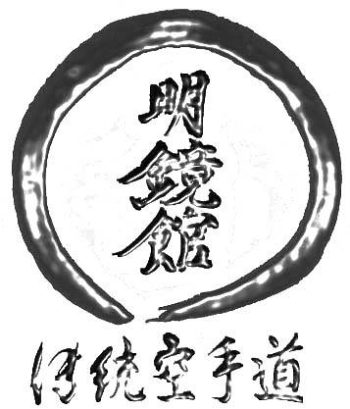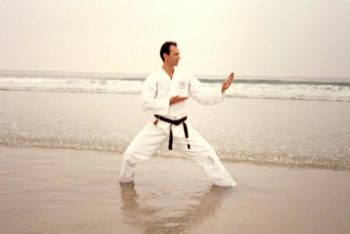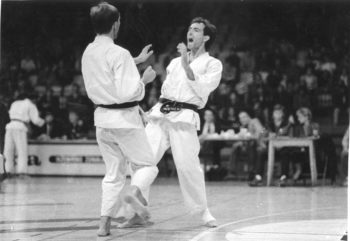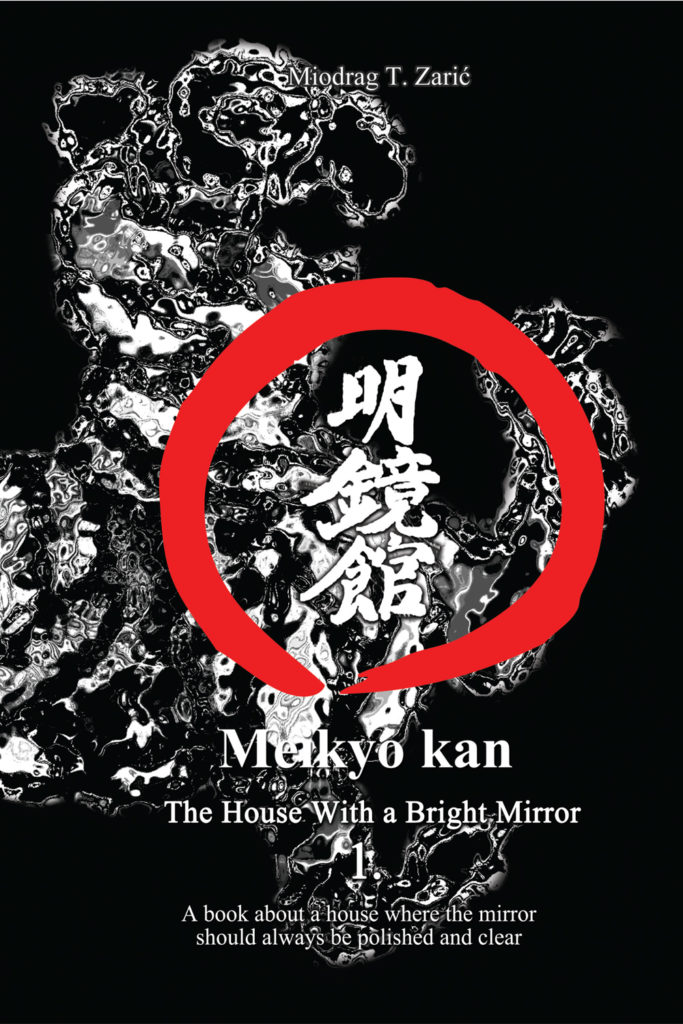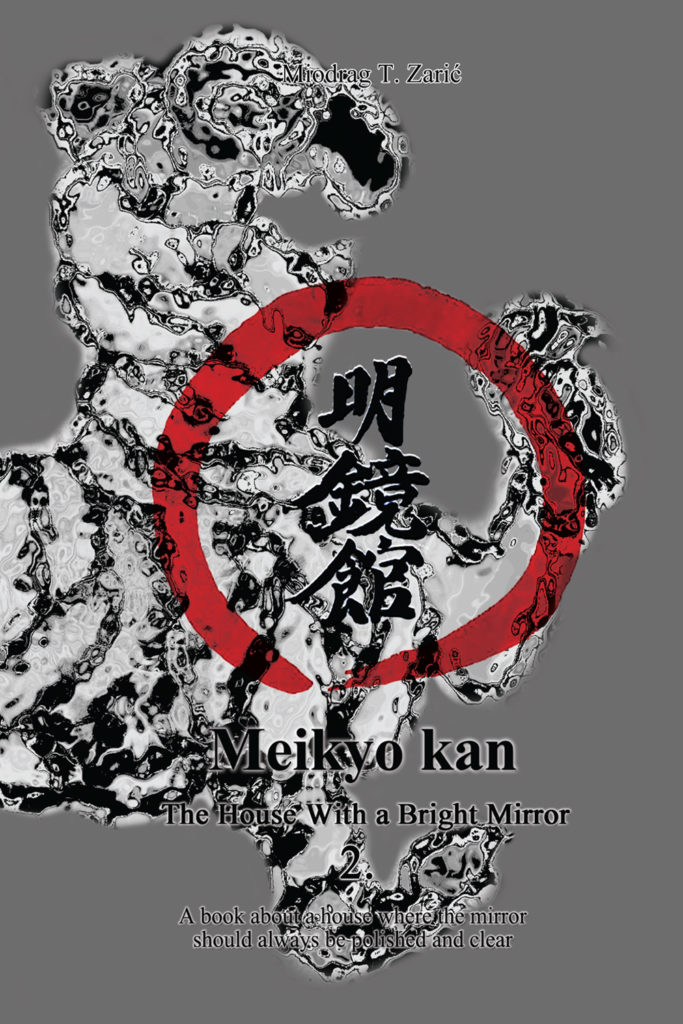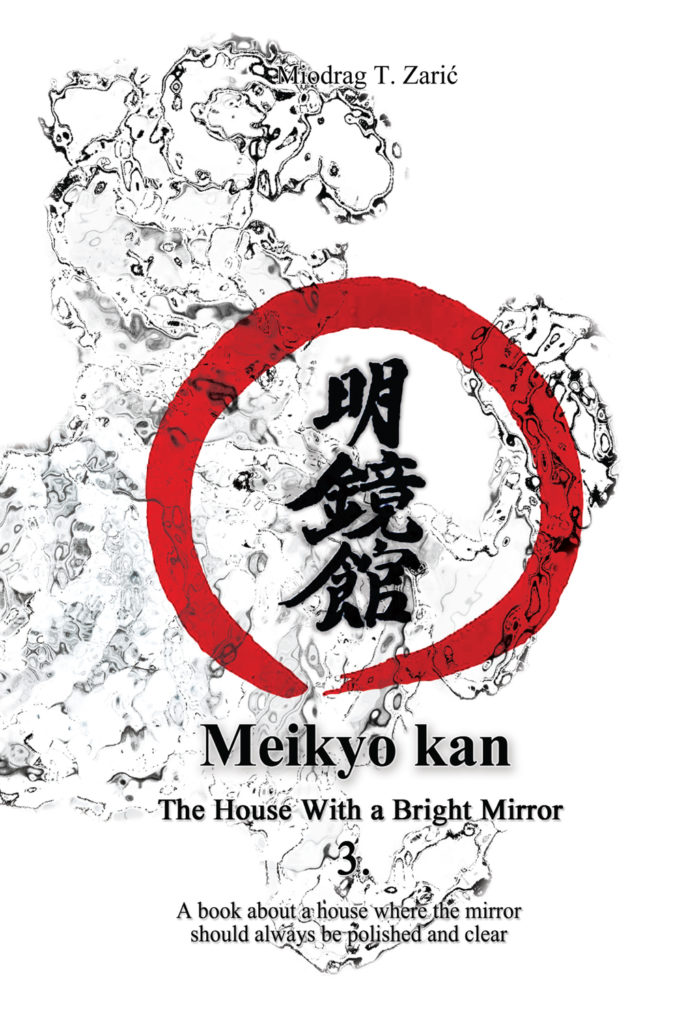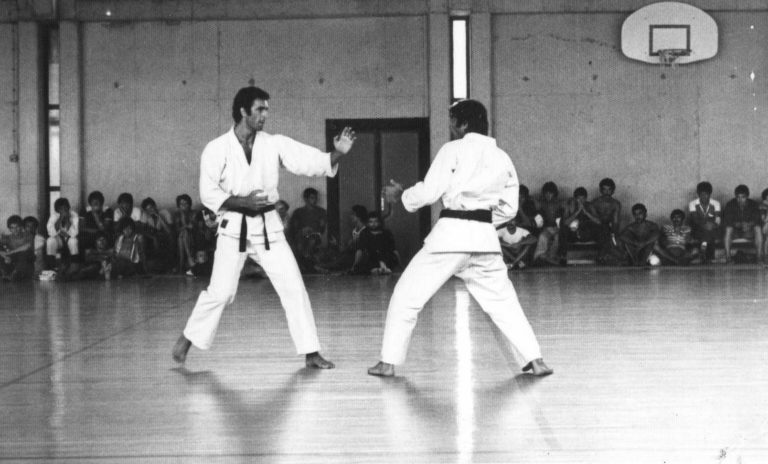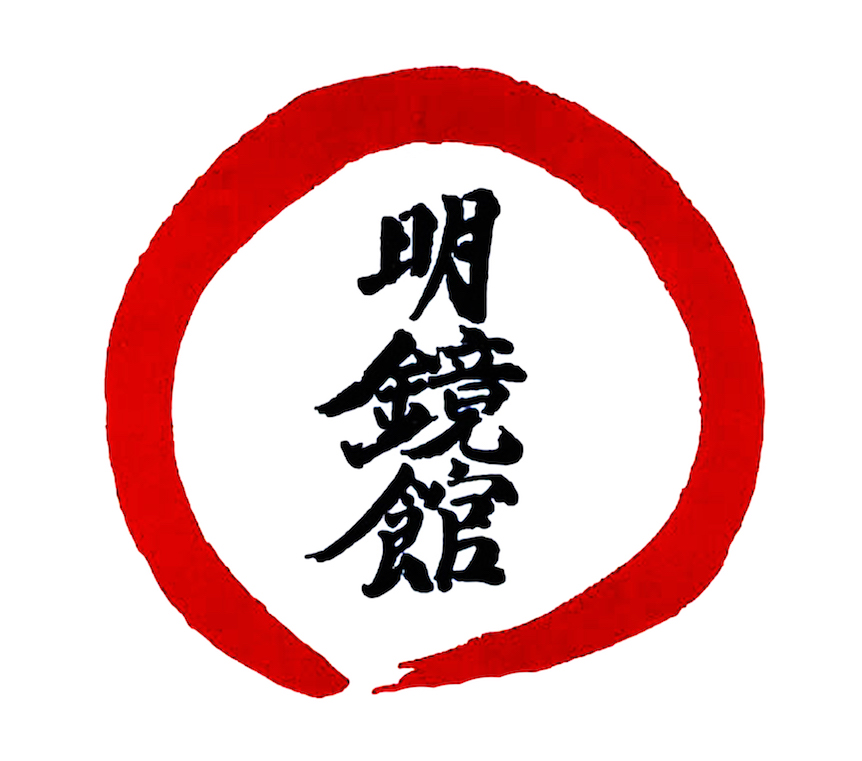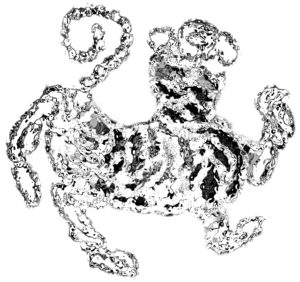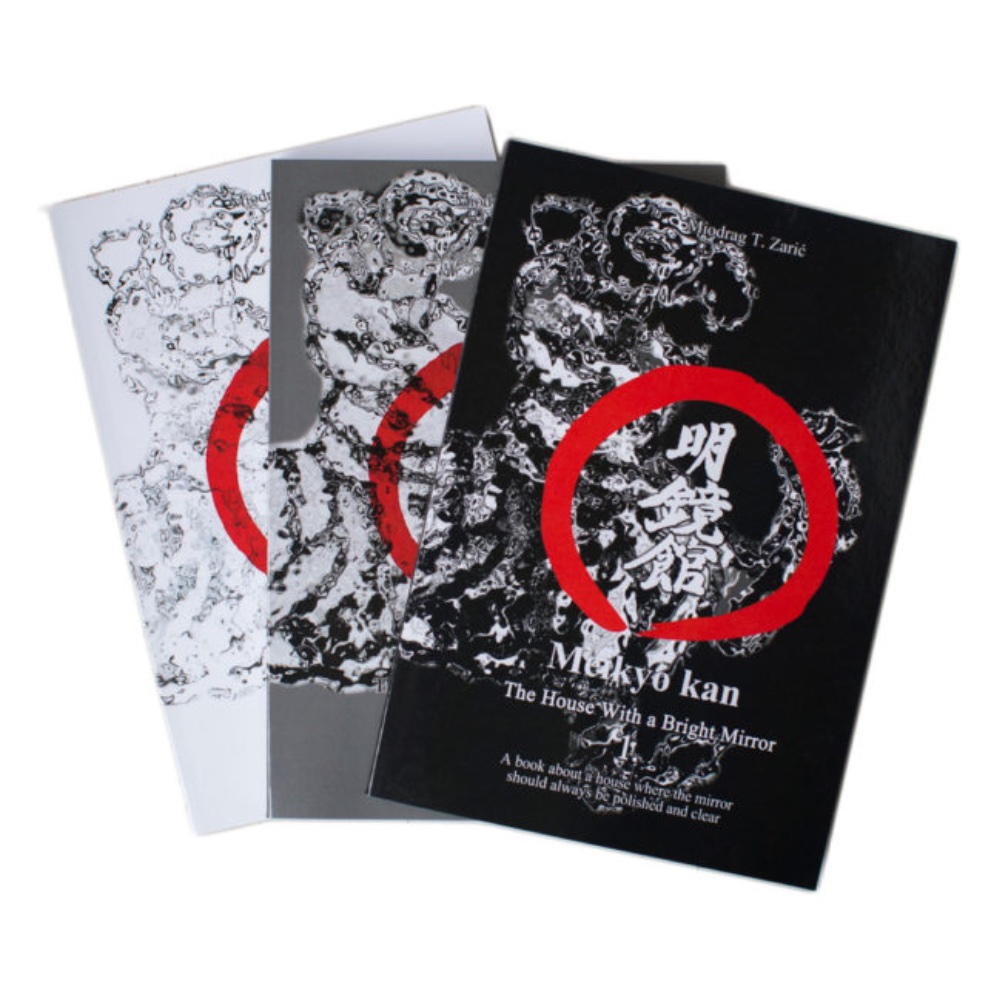On the pages and in the chapters of this book, you will get to know the idea of how martial arts can be thought, understood, felt, and why it is all those.
Sometimes people do not want to hear the truth because they do not want their pleasant illusions to be destroyed.
The need for this, or this kind of book, is just as great as the need for bitter natural medicine, or strong soap.
Their purpose isn’t strawberry and raspberry flavours, or hyacinth and violet scents, but they need to get rid of all that has agglomerated, and what is useless and redundant. It has the power of cleansing our body, sharpening our senses, and freeing us from weak habits.
It is human nature to keep finding new paths and new ways, and that is how solutions are discovered in the process. From the point where we understand the nature of limitations, we are directed to find and create new possibilities that are recognizable for our mind and acceptable to our body.
That is the moment when knowledge receives the form of something acquired and accepted, and it stops being a copy of someone or something. That is the moment when the weak becomes strong, and the strong grow ready.
Maturing is a process that we call the expending of these limitations both in body and awareness with learning and practising skills, a deeper understanding of it. We then call that method for studying our art.
Success in itself means crossing a limit. To extend our abilities beyond the limitations, we need first to assume that we have one. Just by doing it, we are underestimating ourselves. All our gains can only be smaller than us. Taking pride in any benefits is belittling oneself. When we realize our unboundedness, then no action is an achievement.
Profound maturation (Busai) is a state of martial mind that has lost its limitations, “Eye in the back of the head”. This high level of understanding and skills are the real profound maturity that is not possible to achieve without the teaching of others.
When we are met with the genuine truth, it completely changes our life, which stops from this moment being, as we know it.
When we understand the pure nature of things, everything instantly changes. The life we lived before has stopped to exist it disappears. The essence of things has the power to change our lives entirely, and suddenly all the “important” things vanish. Vision is sharpened, and the lungs fill with some new fresh air, everything becomes crystal clear as if we abandon one and walk into a new life.
Life once again is resurfaced. The caterpillar becomes a butterfly, and the egg becomes a chicken; are we wondering where is our life on that path of changes now?
Many people see Karate as a way of fighting, while some think that it is a form of self-defence. However, there are still many who spend longer to think deeper about these questions and assumptions.
We will find the right answer when we ask the right question: does Karate training have its ultimate purpose to teach us how to be good enough to defend ourselves or to be prepared to overcome the fight and avoid the conflict?
When we teach our students self-defence, we teach them self-confidence and confidence in their own body, through discovering its real possibilities. We also show that they must always be free to choose between the possible options to accept the fight or not.
In situations when we sense danger, no time for thinking and planning, we react quickly and unusually vigorously, because under psychological pressure we unconsciously reach for the inner source and reservoir of courage and strength. By practising risk, we learn how to gather that energy with the willpower quickly, and to use it, not only for fighting but also in all other aspects of life.
Our goal is to control that energy in such a way that, following our conscience, it can be used when needed.

